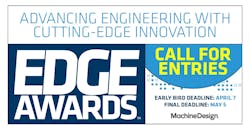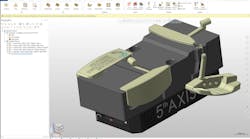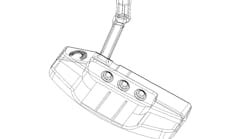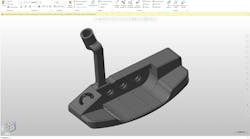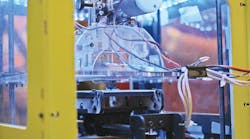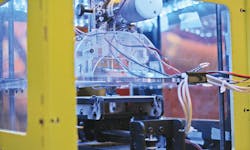The Need for Speed: 3D-Printer Manufacturers Eye Mass Production (.PDF Download)
Additive manufacturing, more commonly known as 3D printing, has been around since the early 1980s—it’s a prototyping dream machine. The process (mainly stereolithography) of producing a single part back then was both time-consuming and expensive, not to mention limited regarding materials, which were mainly polymers and plastics. Additive manufacturing has evolved substantially over the last 30 years—3D printers have transitioned over to the private sector where makers and small businesses can take advantage of the technology for rapid prototyping.
More 3D manufacturers are developing platforms with increased speed and precision to tackle industry demands. (Image credit: Flickr)
They’ve become more robust with new designs being made of metals such as aluminum and steel. And they now take advantage of a plethora of printing methods that move beyond stereolithography, including digital light processing (DLP), fused deposition modeling (DLP), selective laser sintering (SLS), selective laser melting (SLM), and electronic beam melting (EBM). With these new methods comes a host of new materials that move beyond what was available in the 1980s: nylon, ABS, PLM, ceramics, gypsum, titanium, and other metals are all in the mix.
With that being said, one drawback of using additive-manufacturing technology is the issue of speed. It takes time to 3D-print objects and parts depending on the machine and materials, which can last a few hours to a few days or more. The machine bed dictates the size of what can be printed. For example, a MakerBot Replicator+ has a maximum build volume of 11.61 × 7.68 × 6.5 in., so anything larger will have to be printed in several pieces or more, which takes more time than a single print.

